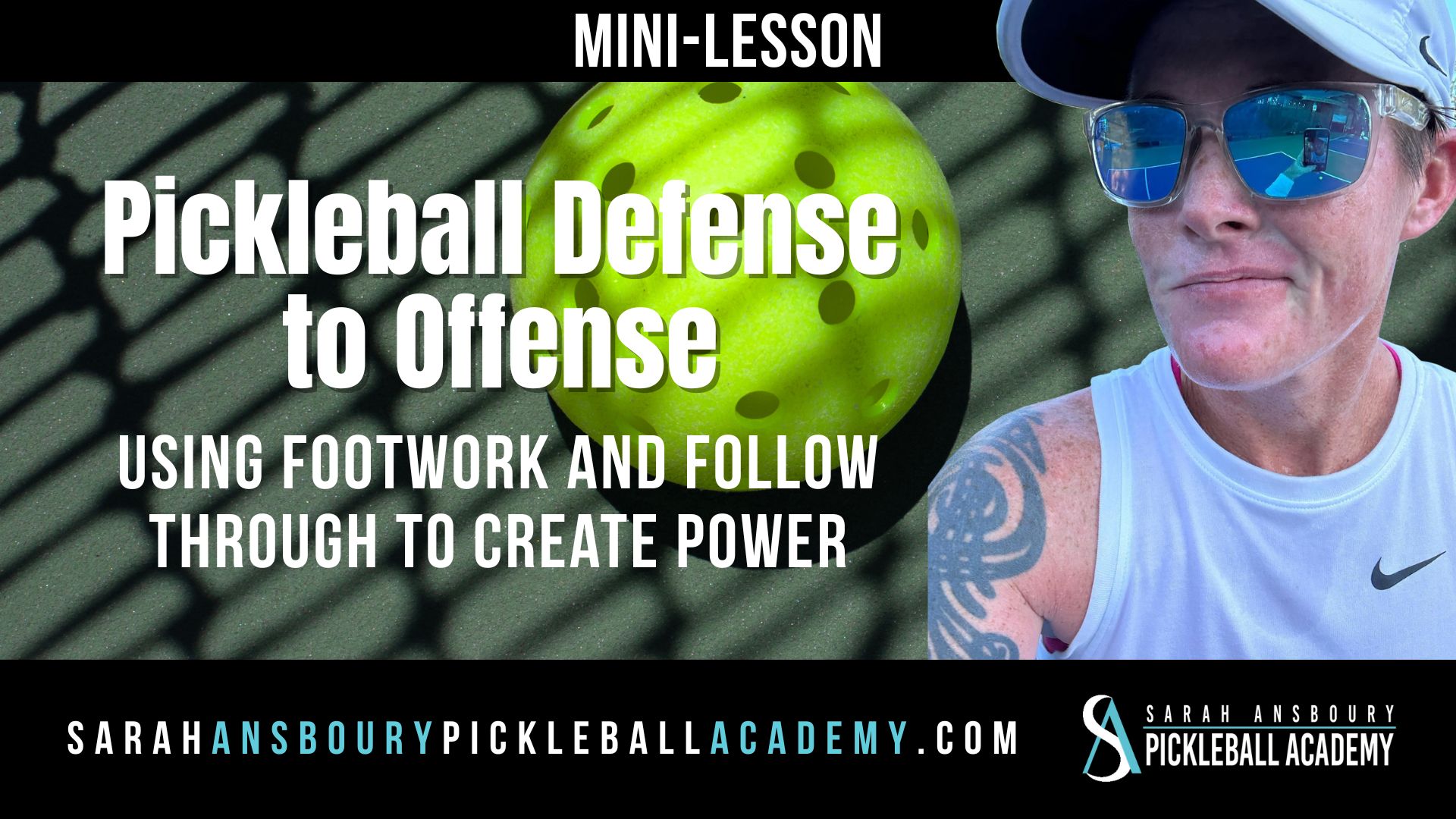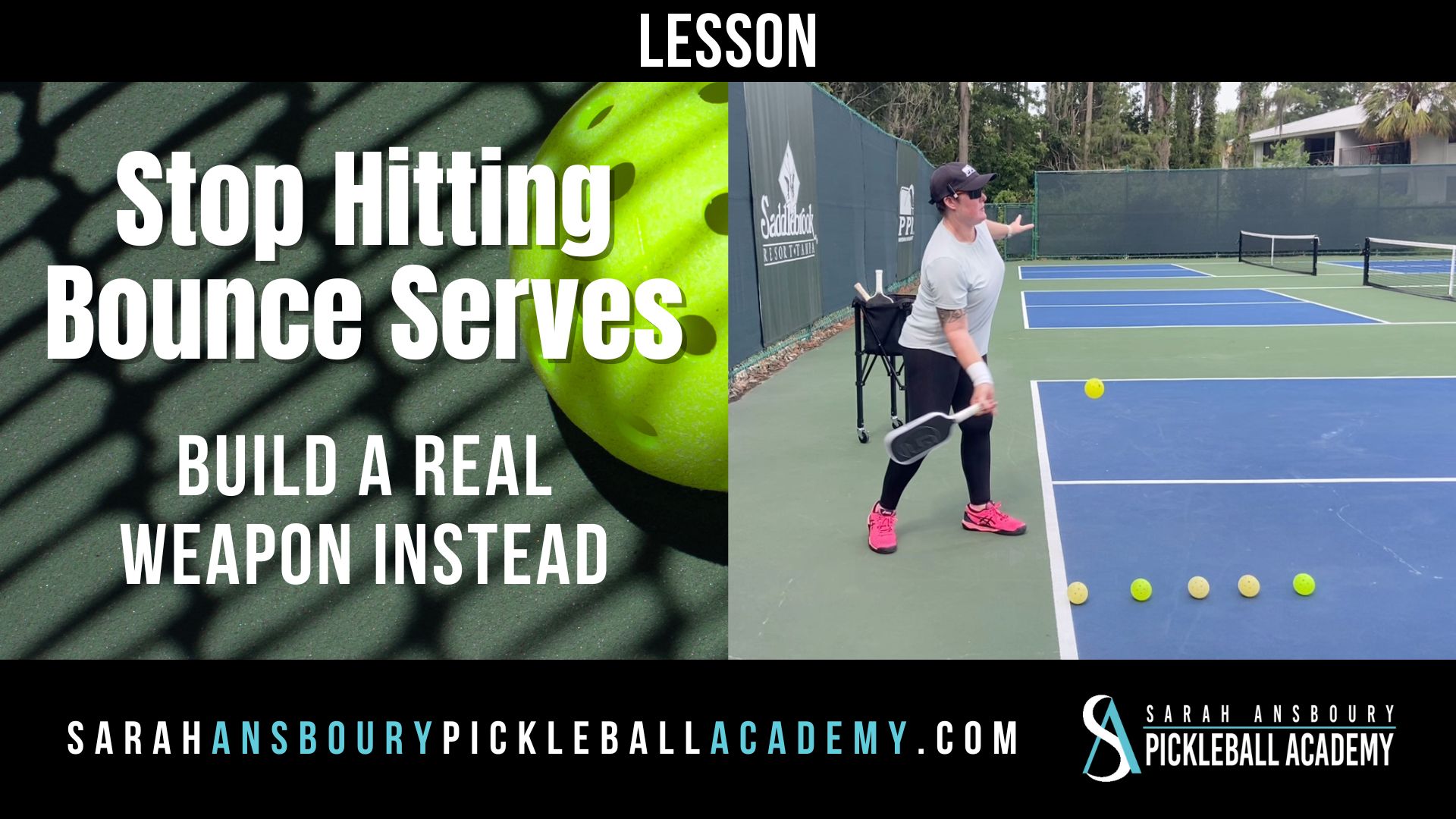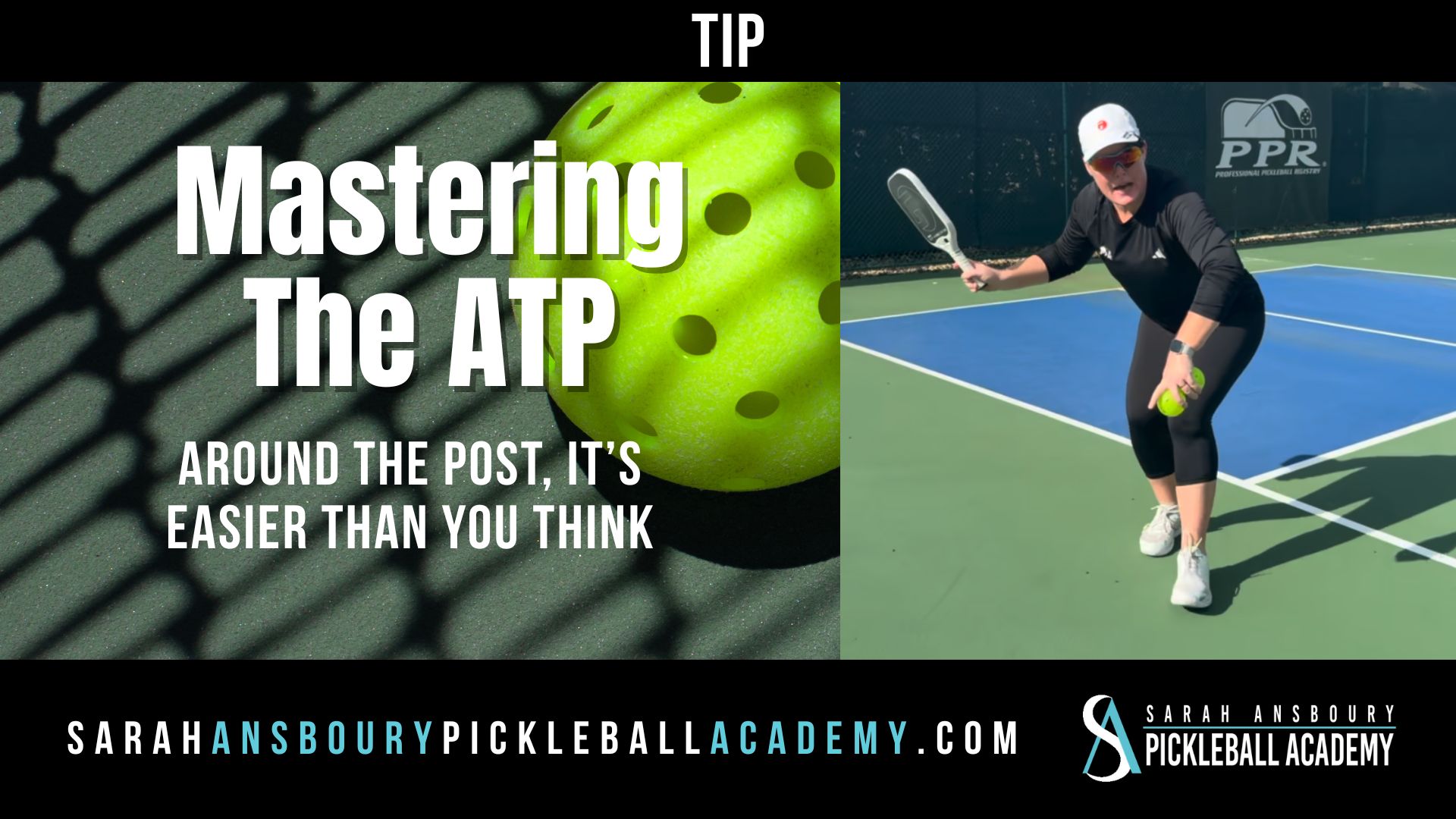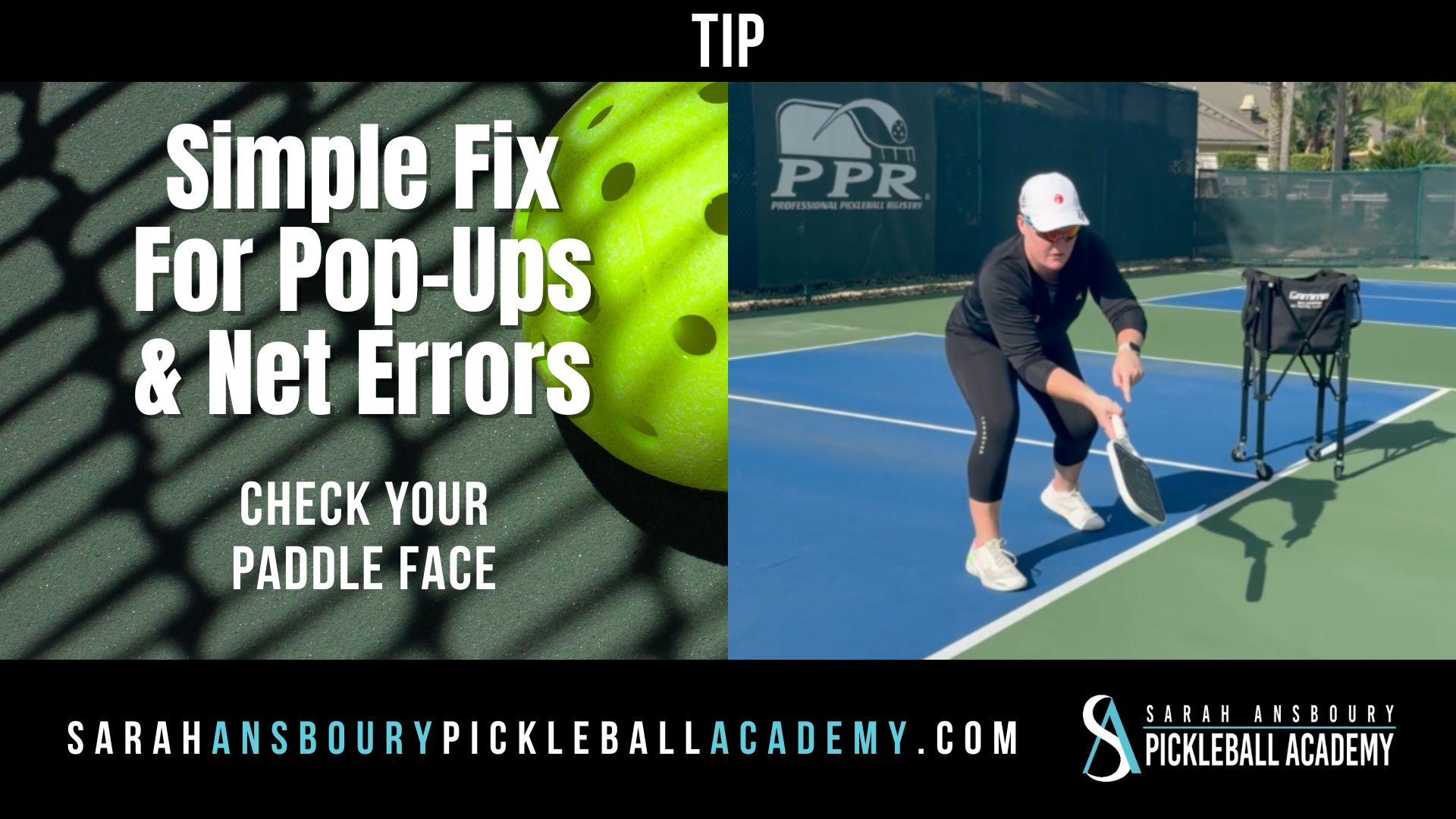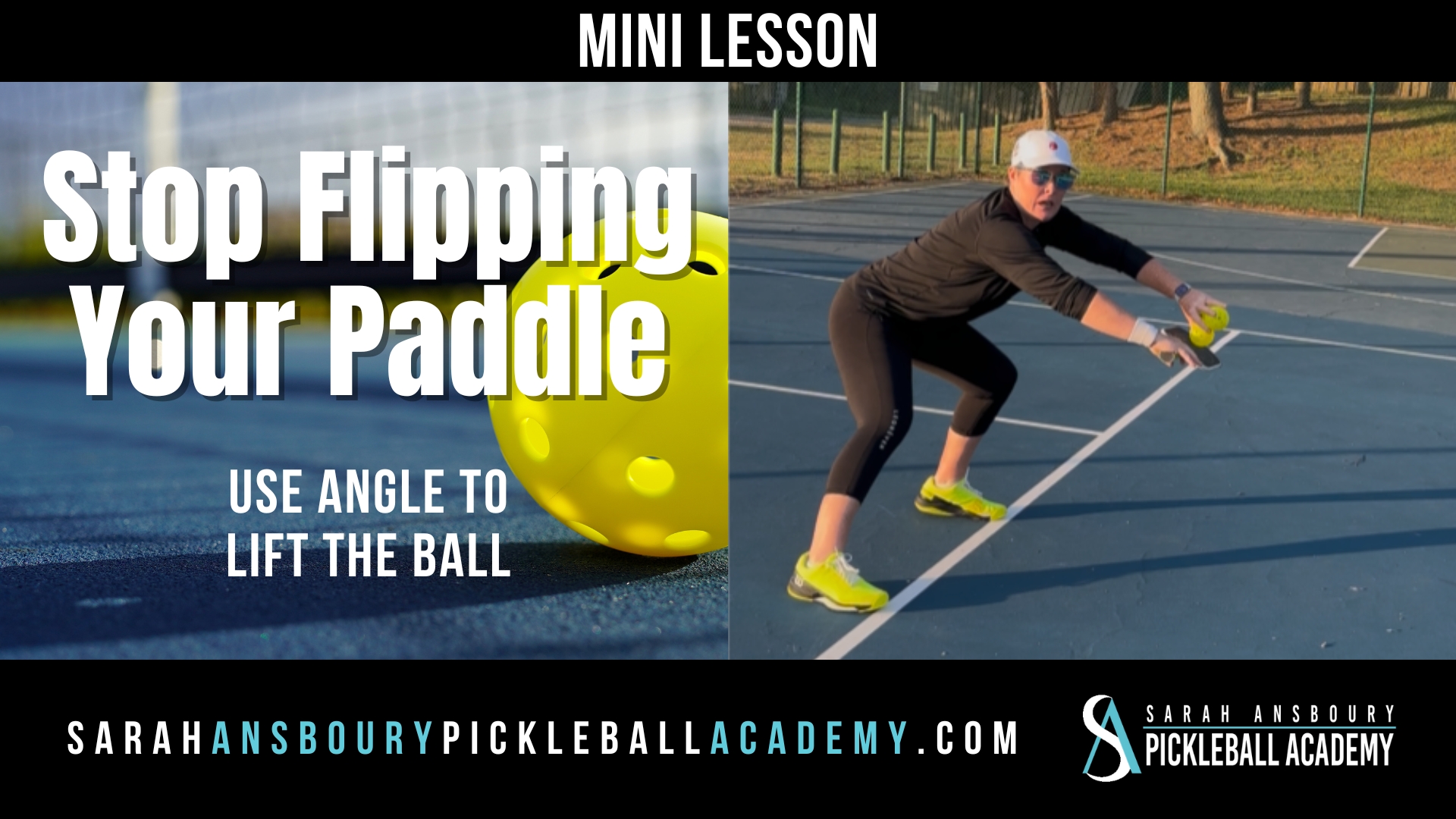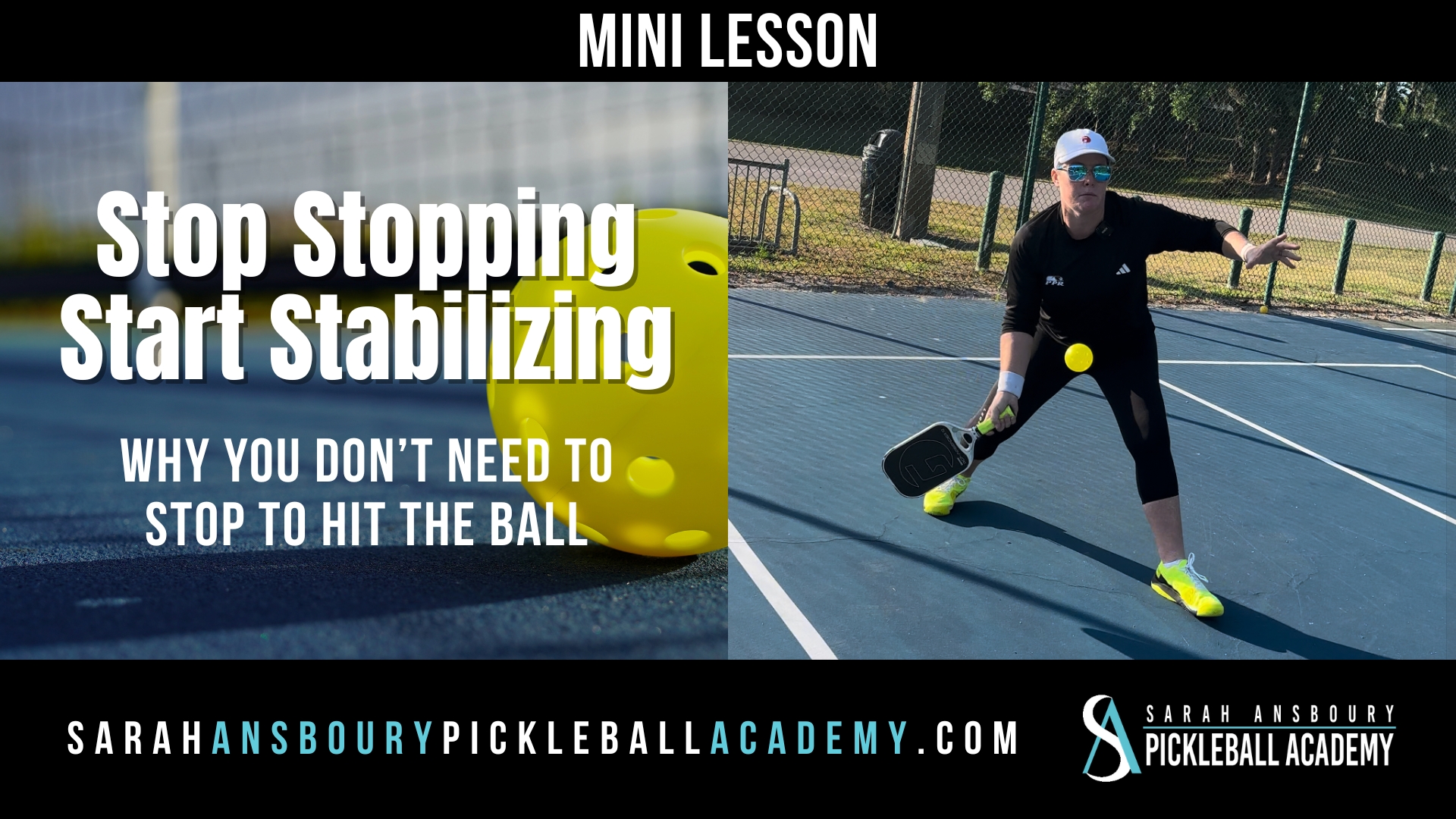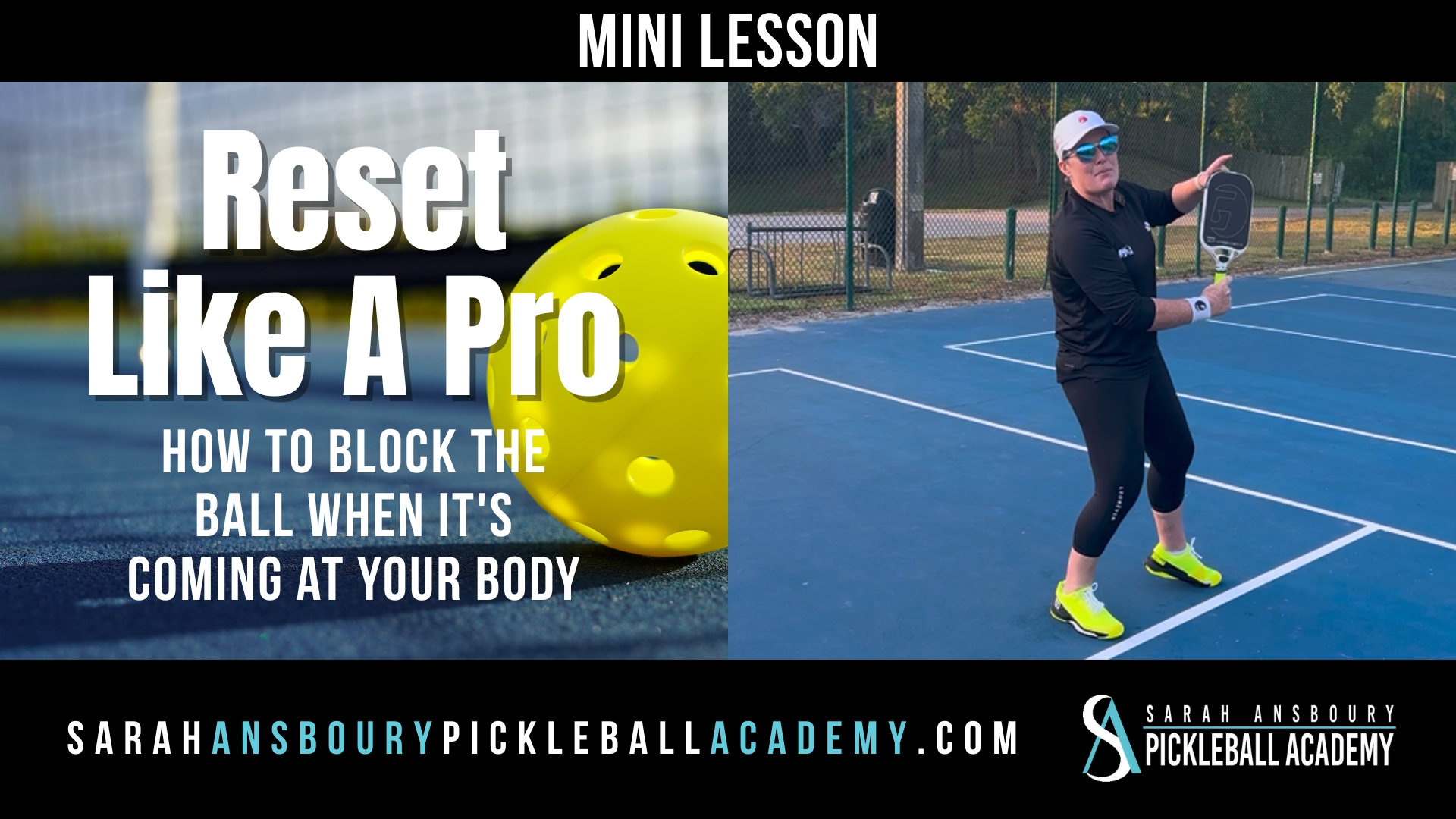I was recently asked, “Who are the players that are able to apply what they learned during a pickleball lesson to their game?” I thought it was a great question! So I gave it some thought…
Pickleball and Life’s Lesson
The very first post on this site is about pickleball mastery. If you have not read it, please take a moment to read it now. It seems to me that there are common qualities whether we are learning a new sport, working to improve in pickleball, becoming a teacher or a leader in the community. You must possess three traits: humility, willingness to reflect, and passion.
Mastery and Humility
As I reflect on Sally’s story of learning pickleball, the very first trait I identify is humility. Humility is absolutely essential to learning any new skill. Only when we are humble will we seek advice. But more importantly, only those who are humble will be willing to lose a game, or perhaps “look a bit foolish” as they attempt to incorporate a new skill into their game.
Often students put down hard earned money for a pickleball lesson on how to hit an effective third-shot drop. After the lesson, they may practice with a friend. Perhaps they will incorporate a third shot drop drill into their weekly drill sessions. But when they are participating in “open” or recreational play, they quickly revert to attempting to smash a ball pass the people at the line. You see, these players aren’t willing to lose a game. Instead, they continue to play the way that makes them “feel good”. Their egos won’t let them lose to that team or that person. They aren’t willing to get worse before they get better.
Mastery and Willingness to Reflect
In addition, to being willing to regress before they improve, players need to be willing to reflect and be open. Nearly every day I teach a student looks me right in the eye and says something like, “No I don’t do that!” or “I never do that.” As I have taught for many years, I fully understand that many players don’t feel what I see … but some seem to think that I get some kind of pleasure out of deceiving them. It is at moments like this that I pull out my video camera.
taught for many years, I fully understand that many players don’t feel what I see … but some seem to think that I get some kind of pleasure out of deceiving them. It is at moments like this that I pull out my video camera.
When I am struggling with an aspect of my game, I often rely on video analysis to understand what I am really doing with my body. I find I need to see it before I can put a corrective plan in place. When a student is stubborn or unable to accept my observation I will ask them to review the video with me. We all know that “Seeing is believing.”
Mastery and Passion
Many people want to get better. They have the desire. However, those that improve couple that desire with passion. Our love of pickleball compels us to share the game with others. Our passion also propels us to continued improvement. It is what helps us get through the slumps, those times we hit a wall, and persevere.
Pickleball Lesson Trilogy
As I think about these three qualities (humility, willingness to reflect and passion) I realize that they must work in tandem  for real improvement to occur. As adults, it is more difficult for us to learn a new skill. Unlike children picking up a paddle for the first time, we likely have a lot of bad habits to get rid of or have difficulty asking questions. As we have preconceived notions, we may become confused when we hear new information.
for real improvement to occur. As adults, it is more difficult for us to learn a new skill. Unlike children picking up a paddle for the first time, we likely have a lot of bad habits to get rid of or have difficulty asking questions. As we have preconceived notions, we may become confused when we hear new information.
As we travel we meet a lot of new people. We are fortunate to play with people that are excited to learn this game. However, I must admit, it is frustrating to hear stories about players making it hard for new people to join in or being critical of players as they learn pickleball. This sport is too new and continues to change so much that there are not many actual experts yet. Most players and teachers, including myself, always have room to grow! So I want to encourage you to be kind to one another and yourself. Remain humble, open and passionate!
.


